"LIFTING FUSELAGE" AIRCRAFT: THE CBY-3 'LOADMASTER' WAS CONFIGURED SUCH THAT THE BODY OF THE AIRCRAFT (SHAPED AS AN AIRFOIL) ASSISTED THE WINGS IN PROVIDING LIFT.
Designed For
BUSH OPERATIONS
The Museum's CBY-3, built by the Canadian Car and Foundry, was the last of Vincent Burnelli's "lifting fuselage" aircraft. Two Wright engines were mounted side-by-side on the forward edge of the fuselage. Instead of a conventional tail, the CBY-3 had twin tail mounted booms that extended rearward from the main fuselage.
While most aircraft designs have circular cross-section fuselages, the Burnelli has a 20 foot wide rectangular cross-section. The fuselage is in the shape of an airfoil which allows it to assist the wings in providing lift. This results not only in a wide-body cabin, but also gave the plane impressive performance.
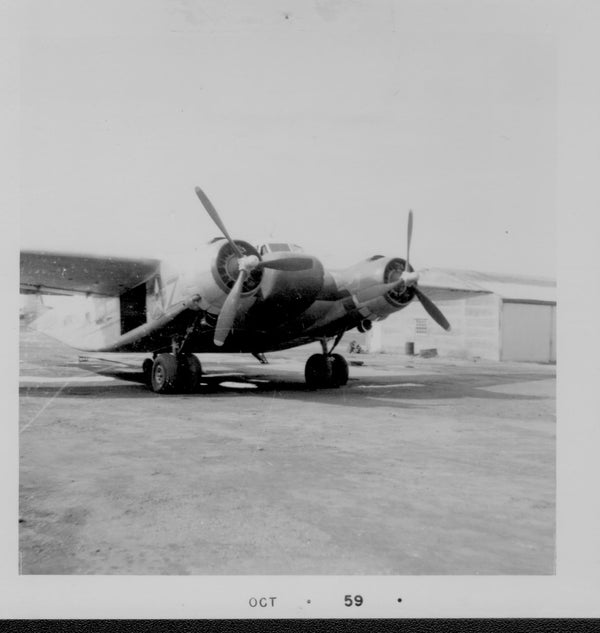
1923-1945

Eight "lifting fuselage" prototypes were built between 1923 and 1945, however none gained acceptance from the aircraft industry or achieved production. The museum's plane was flown regularly as a commercial airliner both in Northern Canada and South America. It is the sole remaining Burnelli example and the only CBY-3.
1972

The Museum acquired the plane in 1972. It had previously been abandoned for 10 years, during which time the engines, cockpit instrumentation and other components were stripped. The CBY-3 had also been vandalized and had incurred structural damage to the rear landing gear.
1979

While awaiting restoration at the Air Museum's previous location on Rte 75, the CBY-3 had a close call with the tornado that devastated our museum in 1979. The aircraft was peppered with debris causing damage to its skin. A restoration project began in 2014 and is ongoing. Currently, the CBY-3 is on display in our Civilian Aircraft Hangar, where final assembly will be completed
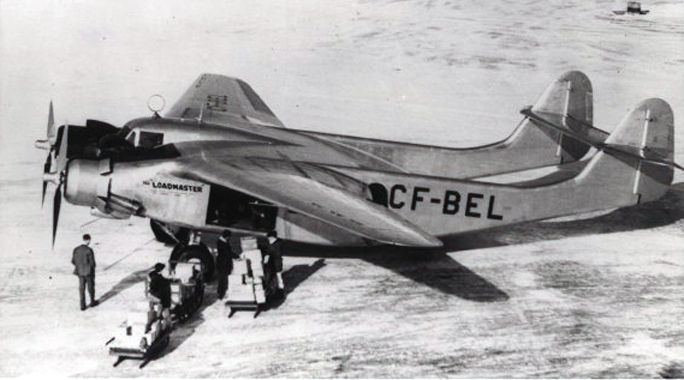
Burnelli maintained that his design had unparalleled safety, economic and operational advantages over conventional transport aircraft. His design philosophy was supported by prominent experts of the time, but he failed to achieve the political and economic backing to gain acceptance.
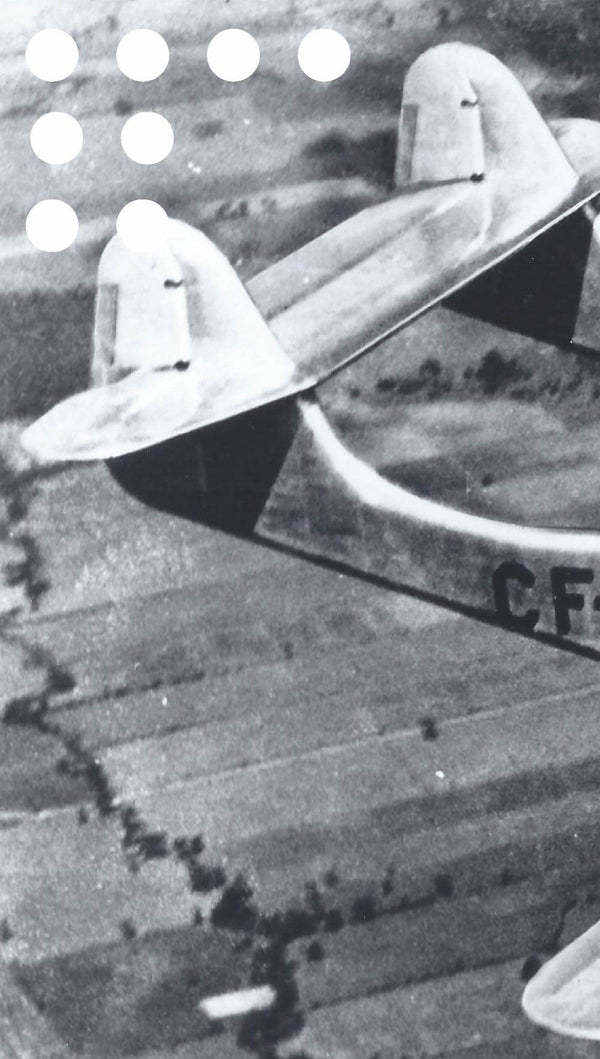
A New Approach
A prolific designer, Vincent Burnelli believed that his design was stronger, safer and more efficient than conventional designs. Despite substantial press and industry interest, no production orders were made.
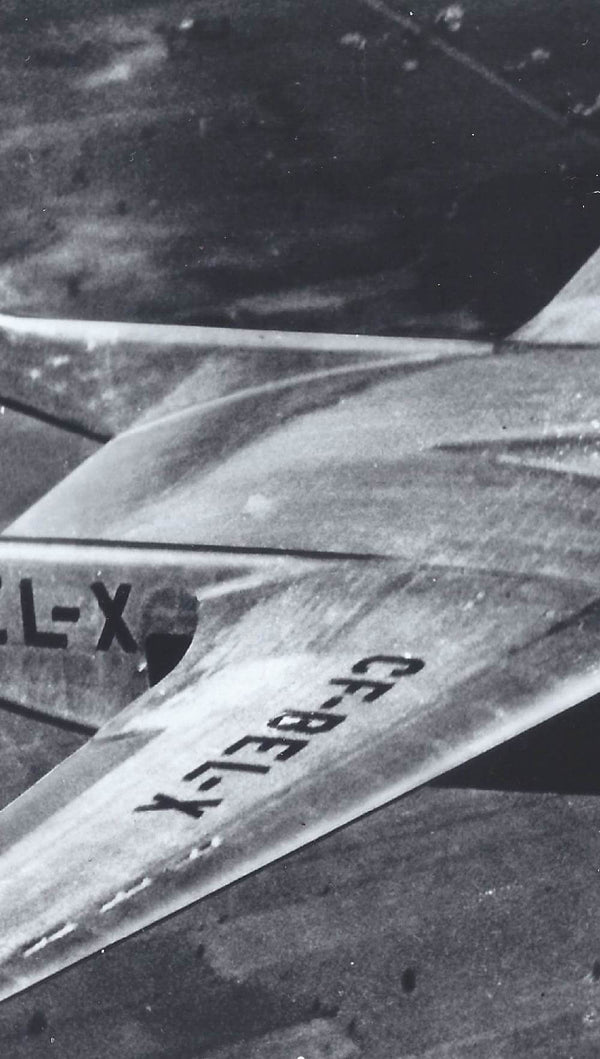
North Pole
In 1955, Burnelli adapted the CBY-3 to carry 20 passengers and 41 sled dogs for an exhibition to the North Pole. The expedition was ultimately cancelled.
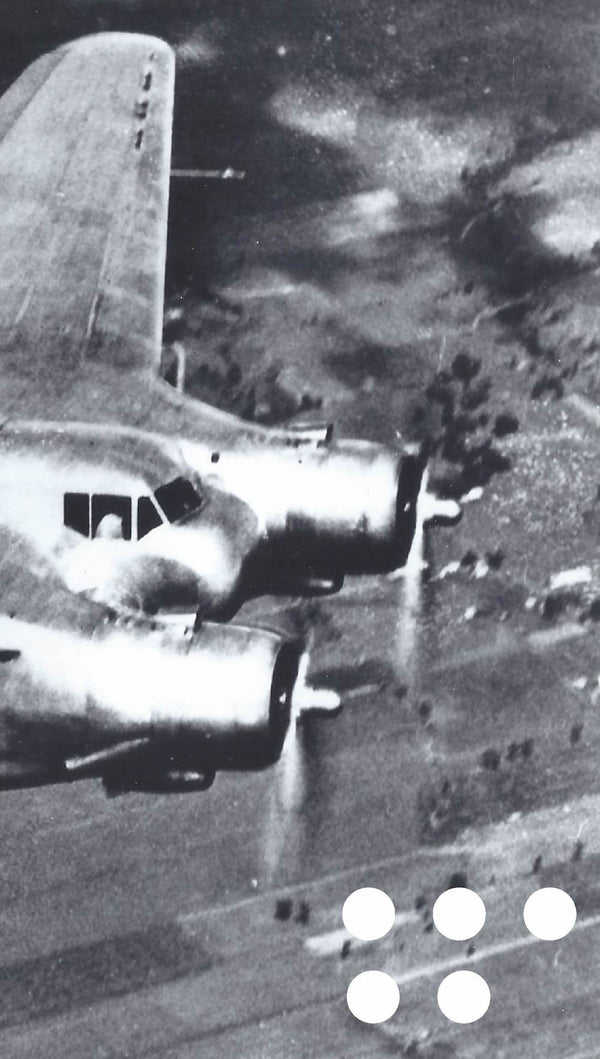
Advantages
The CBY-3 was short, wide and thick, allowing for a ample space for passengers, mail, and cargo. Other advantages were good passenger visibility, toughness, and simplicity.
